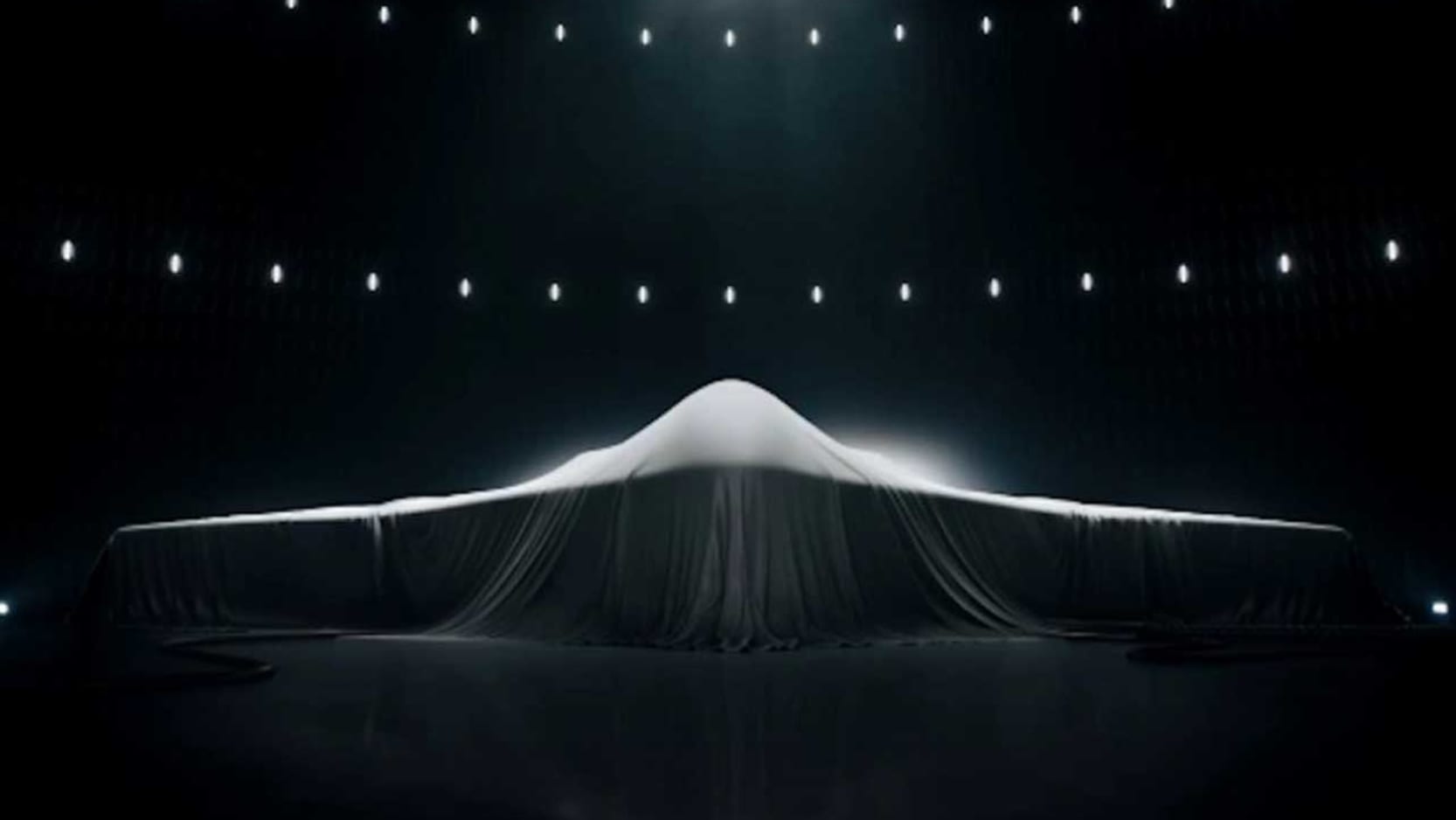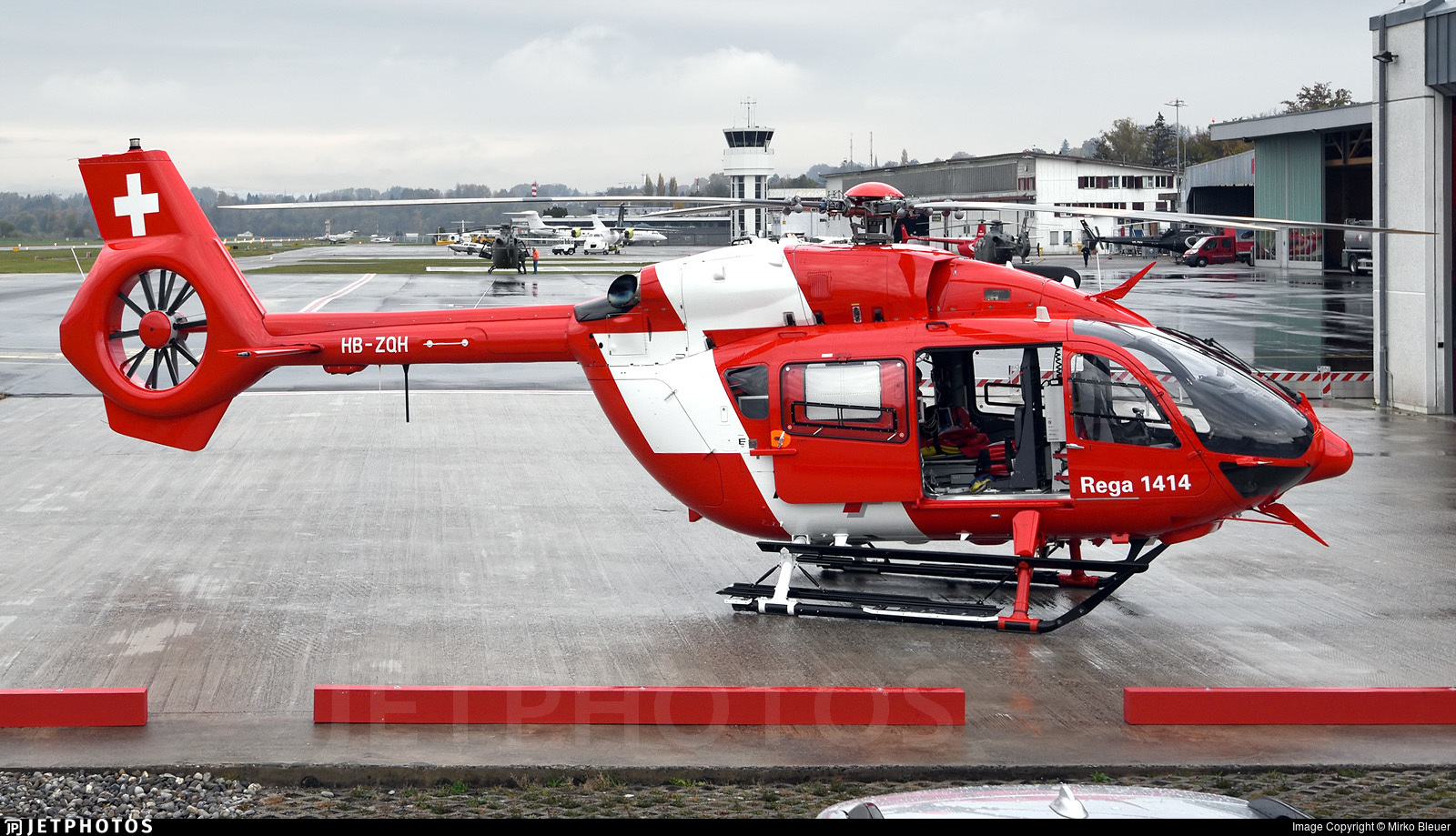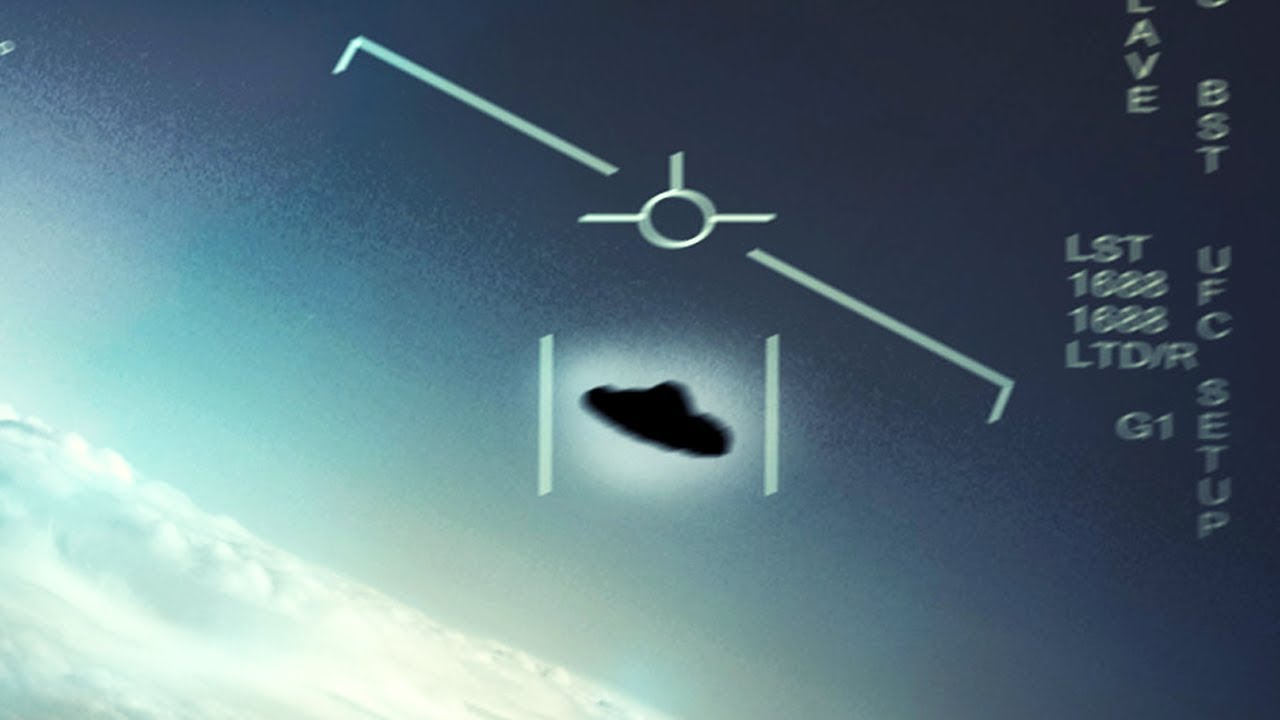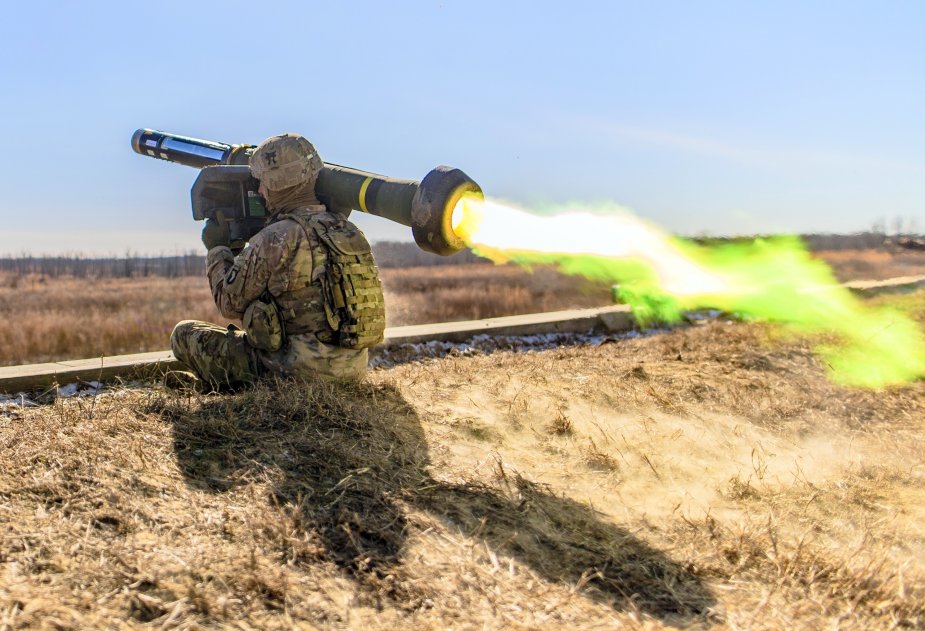In light of increasing tensions in global hot spots, U.S. military R&D is gaining more urgency. The U.S. will spend nearly $80 billion this year to create new weapons, armor and related gear, up 5% from last year. Even higher spending is planned for 2017.The next array of weapons to outgun the old and explore new discoveries in science and security are coming from defense contractors, university labs and small tech start-ups with big aims. They serve not so much to amaze war tech geeks but to protect and defend...and win.

Some work in the air, some on the ground or water, and others in space. They reflect the innovation, curiosity and commitment of the world’s best engineers and scientists. Here’s a glimpse of work under way at companies and labs partnering with the Defense Advanced Research Projects Agency, the science and weapons development arm of the Defense Department.
1- Self-Steering Bullets
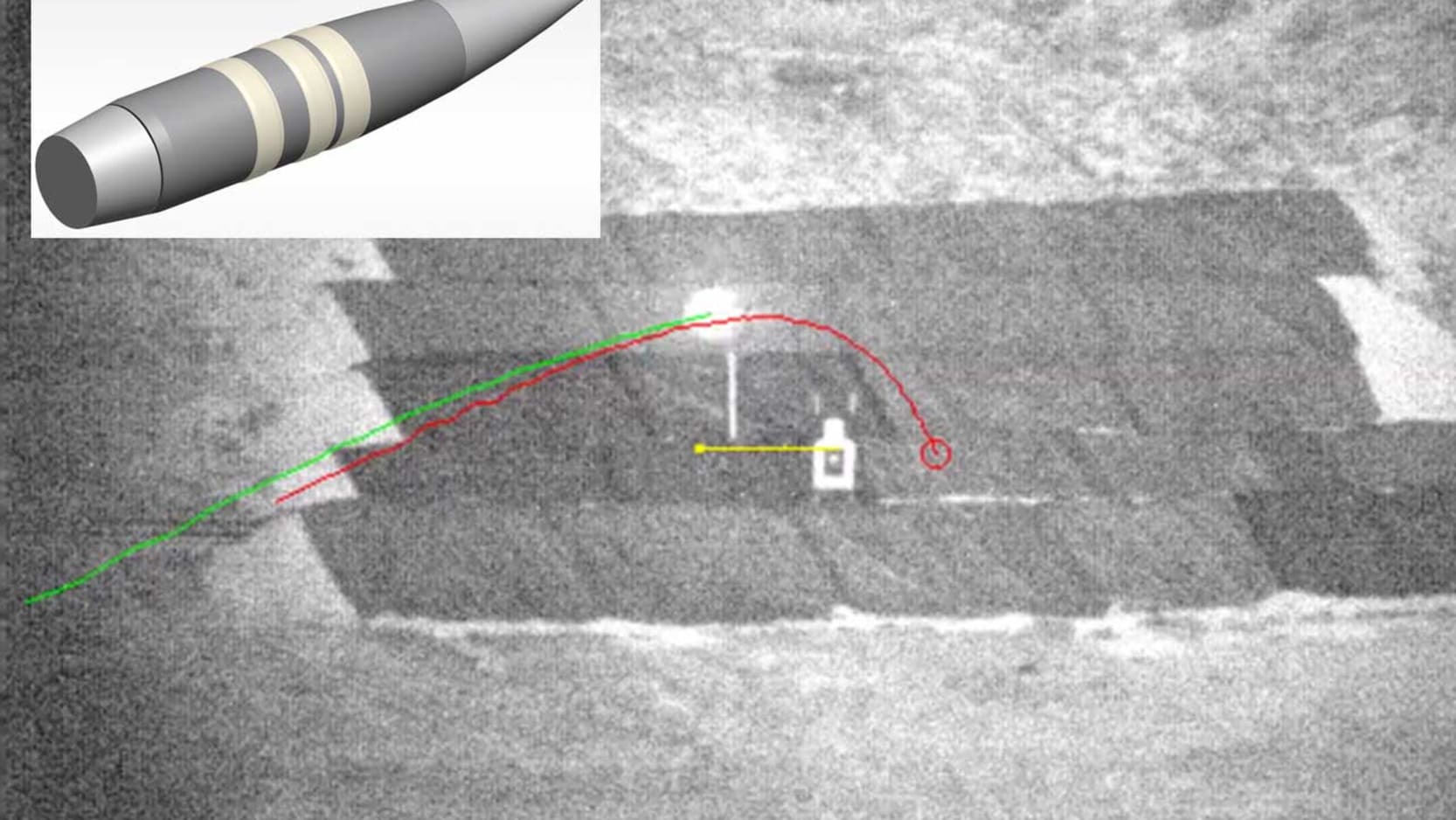
Packed with tiny sensors, a .50-caliber bullet under development can change course rapidly in midair, potentially giving even a mediocre shooter sniperlike accuracy, with the ability to hit moving targets with ease.
Plus, while the cost of these advanced rounds is still unknown, they are sure to be cheaper than the rocket-propelled missiles whose role they could sometimes fill. DARPA, which is working on the EXACTO project with military contractor Teledyne Technologies and ammunition maker Orbital ATK, is keeping mum on exactly how the bullet changes its flight path. A competing effort from the Department of Energy’s Sandia Labs uses a laser to indicate the target while small fins on the bullet (also .50-caliber) steer it in flight.
Both programs are still in testing.
2-Unmanned Submarine Hunter
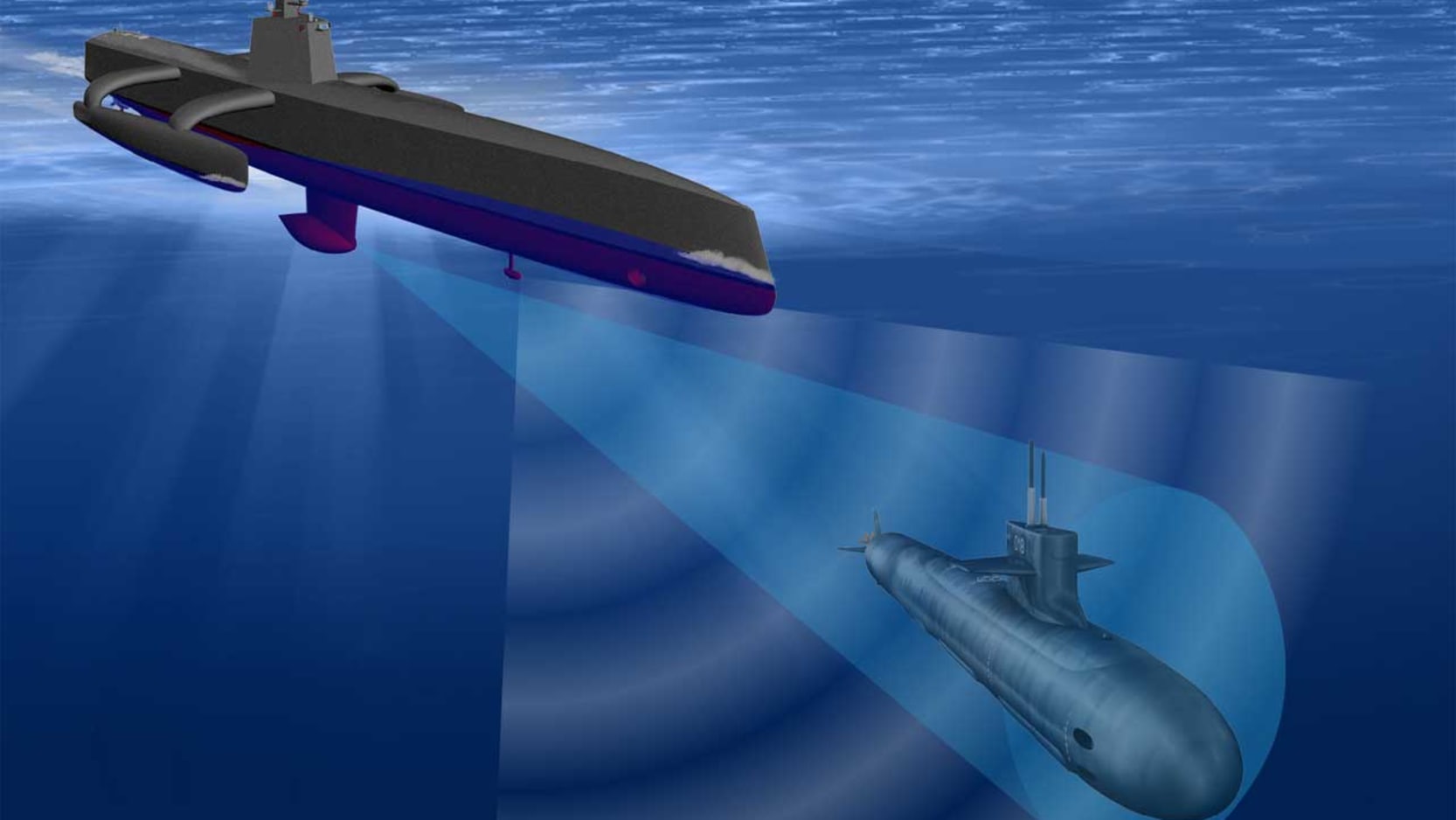
More and more countries are deploying ultraquiet submarines that can lurk undetected close to shore. That prospect worries defense officials, who are looking to one of DARPA’s larger projects, the Anti-Submarine Warfare Continuous Trail Unmanned Vessel (ACTUV), also known as Sea Hunter.
Think of it as a water-based drone that can hunt submarines for months at a time without anyone having to change watches, at least aboard the vessel. Equipped with sonar, radar and other synthetic vision systems, the ACTUV will be able to move through narrow channels and shipping traffic autonomously.
3- Laser Cannons, for Real
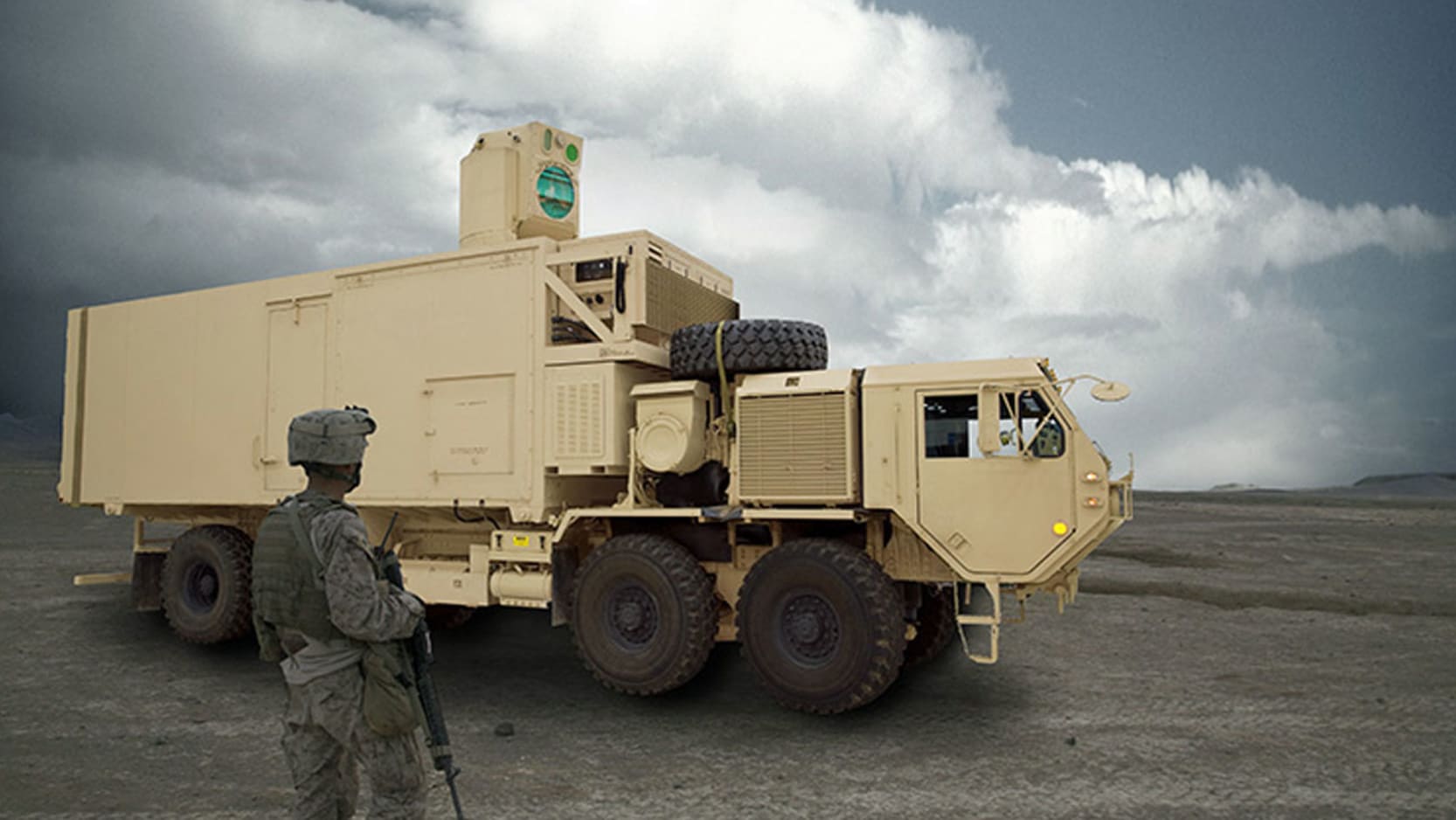
The iconic science-fiction weapon is closer than ever to reality. The Navy’s testing of its Laser Weapon System aboard the USS Ponce in the Persian Gulf went swimmingly, and the Navy expects to deploy even larger laser weapons aboard ships to protect them from threats such as small attack boats and drones.
Meanwhile, on land, Boeing and the Army are working on a truck-mounted laser that can zap incoming threats such as mortar shells or drones. This program has the catchy name HEL MD, for High-Energy Laser Mobile Demonstrator. Competitor Lockheed Martin is also looking for a piece of the Defense Department’s ray gun business with its ATHENA system.
One of the many benefits of lasers is that they can fire repeatedly for minimal cost—just the diesel to power the truck-mounted generator that provides the bursts of energy the laser concentrates downrange.
4- Every Ship an Aircraft Carrier
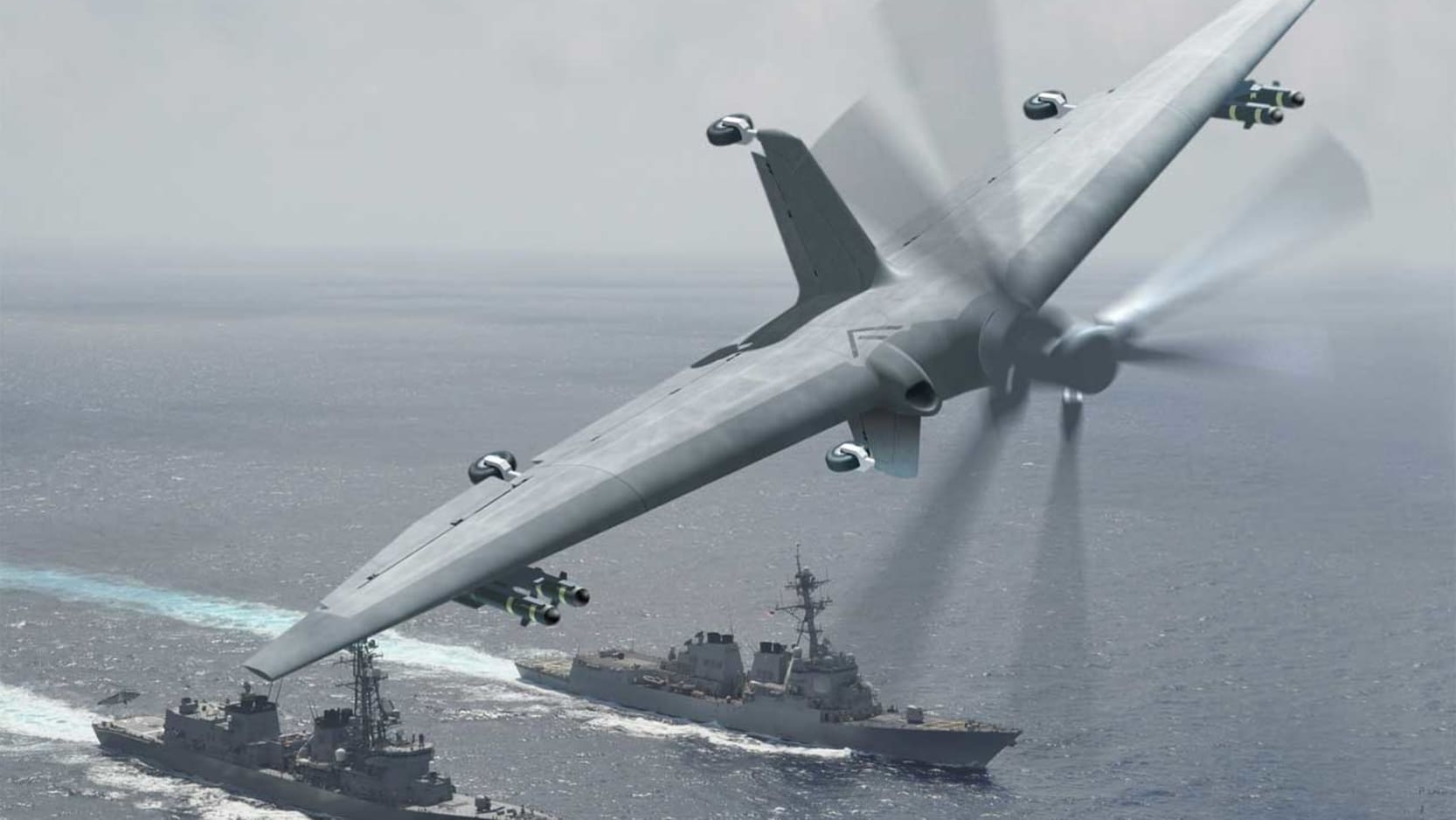
Smaller Navy ships such as destroyers and frigates long for the eyes in the sky that carrier groups have with their fleets of planes and helicopters—and drones.
While there are plenty of small unmanned aerial vehicles already in service, the hitch for using them on the water has been launching and retrieving them in rough seas and on small decks. DARPA’s TERN program (it stands for “Tactically Exploited Reconnaissance Node” but handily evokes a seabird) aims to fill that niche with an aircraft that can take off and land on its tail.
Twin counter-rotating propellers lift it into the air. Then it switches to horizontal flight to cruise the skies for threats, relaying video, radar and other images back to the ship. To land, it reverses the process.
DARPA plans to build a full-scale demonstrator system. Northrop Grumman is the lead contractor.
5- Plasma Protection Field
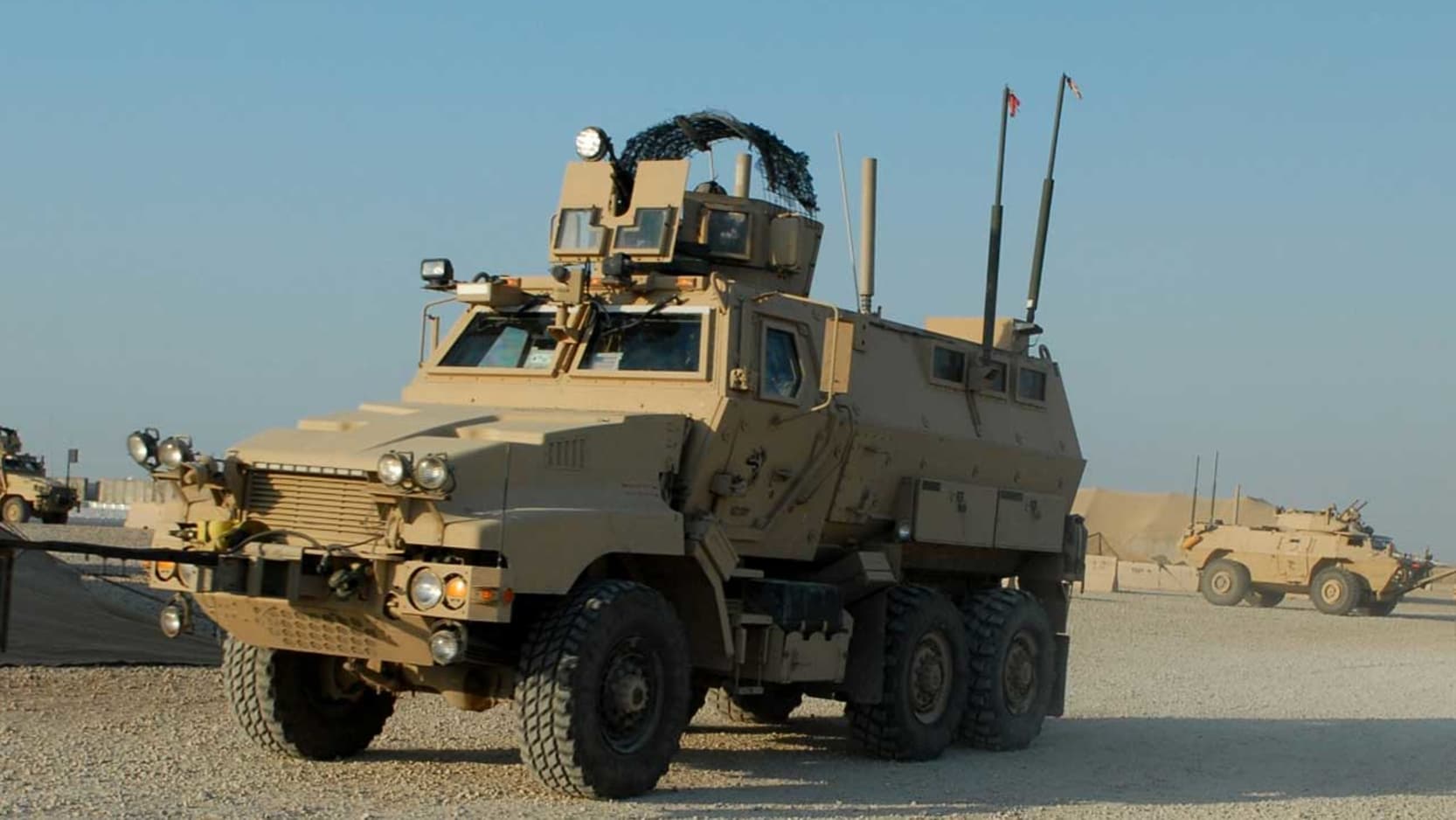
- Boeing has filed a patent for a system that would protect vehicles from blast damage by creating plasma fields. The idea is to create an ionized air field that would deflect the incoming blast. What it can’t do is stop an incoming projectile such as a rocket-propelled grenade or antitank missile, but existing active-protection systems, such as the Army’s Iron Curtain, are designed to handle those.
Curb your vision of a dome appearing around the vehicle as in Star Wars—the Boeing system would only defend in the direction of the incoming blast.
6- Invisibility From a Squid

Current camouflage can hide soldiers and their vehicles from human sight but is close to useless against ever-more-common infrared vision systems. Scientists at the University of California, Irvine hope to fix that with what they call invisibility patches, based on a structural protein that common squid—the ones that end up as calamari—use to change the color and reflectivity of their skin.
This protein, called reflectin, functions in the same wavelengths as night vision systems, and therein lies its promise. Scaling up this discovery to a useful military application could be many years off, however.




